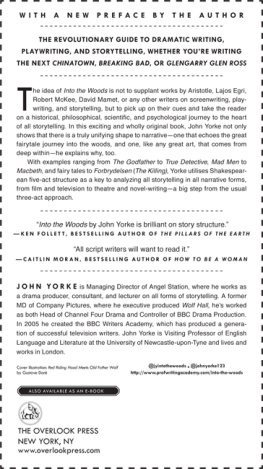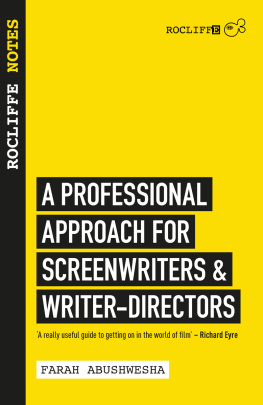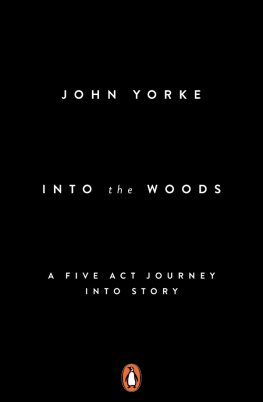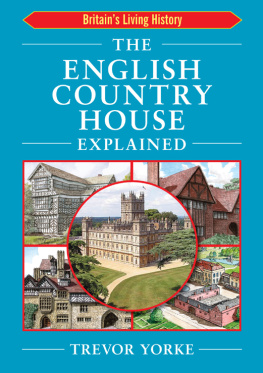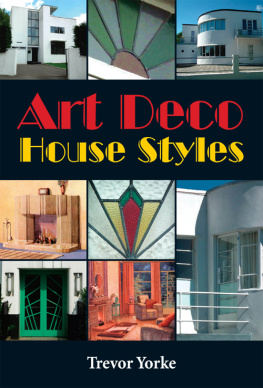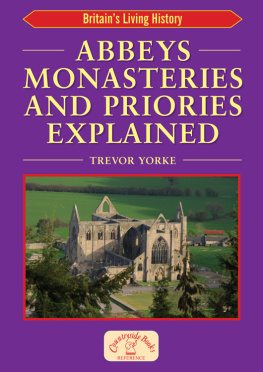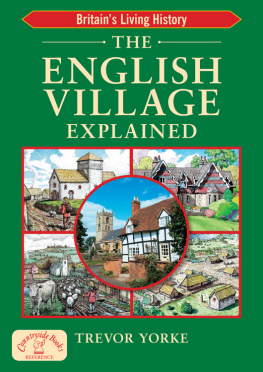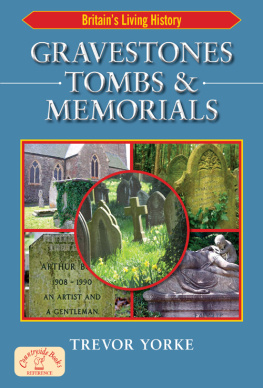This edition first published in paperback in the United States in 2015 by
The Overlook Press, Peter Mayer Publishers, Inc.
141 Wooster Street
New York, NY 10012
www.overlookpress.com
For bulk and special sales, please contact , or write us at the above address.
Copyright John Yorke, 2013, 2014, 2015
All rights reserved. No part of this publication may be reproduced or transmitted in any form or by any means, electronic or mechanical, including photocopy, recording, or any information storage and retrieval system now known or to be invented, without permission in writing from the publisher, except by a reviewer who wishes to quote brief passages in connection with a review written for inclusion in a magazine, newspaper, or broadcast.
ISBN 978-1-4683-1094-8
Praise for Into the Woods:
A Five-Act Journey Into Story
Love storytelling? You need this inspiring book. John Yorke dissects the structure of stories with a joyous enthusiasm allied to precise, encyclopedic knowledge. Guaranteed to send you back to your writing desk with newfound excitement and drive.
Chris Chibnall, creator/writer, Broadchurch and Gracepoint
Outrageously good and by far and away the best book of its kind Ive ever read. I recognized so much truth in it. But more than that, I learned a great deal. Time and again, Yorke articulates things Ive always felt but have never been able to describe This is a love story to storyerudite, witty and full of practical magic. I struggle to think of the writer who wouldnt benefit from reading iteven if they dont notice because theyre too busy enjoying every page.
Neil Cross, creator/writer, Luther and Crossbones
Part how-to manual, part why-to celebration, Into the Woods is a wide-reaching and infectiously passionate exploration of storytelling in all its guises exciting and thought-provoking.
Emma Frost, screenwriter, The White Queen and Shameless
John Yorkes Into the Woods is brilliant. It illuminates and explains.
Susan Hill, author of The Woman In Black and the Simon Serrailler crime novels
Even for a convinced sceptic, John Yorkes book, with its massive field of reference from Aristotle to Glee, and from Shakespeare to Spooks, is a highly persuasive and hugely enjoyable read. It would be hard to beat for information and wisdom about how and why stories are told.
Dominic Dromgoole, Artistic Director, the Globe Theatre
Art consists of limitation. The most beautiful part of every picture is the frame.
G. K. Chesterton
There is an awful lot of nonsense written about screenwriting. As soon as you read, There has to be an Inciting Incident on page 23. Not page 20, not page 24. Page 23. Put it there, one should be suspicious. That the command mentions neither page nor font size should be warning enough, but the sheer prescriptiveness of the instruction should make even the credulous recoil. This kind of writing (and teaching in many places) is symptomatic of whole swathes of an industry that in recent years seems to have grown out of control. It needs to stop.
On March 27, 2013, the screenwriting guru John Truby posted an article that in many ways encapsulatedcertainly if one takes into account the comments it generatedall that was good and bad about the study of screenwriting.
With Why 3 Acts Will Kill Your Writing, Truby launched a broadside against the uniformity of teaching, built as most of it was around the three act paradigm first popularized by Syd Field in the 1970s. Truby roundly declared that
The so-called 3-act structure is the biggest, most destructive myth ever foisted on writers. I would like to call it obsolete. But that implies that it worked in the first place. It didnt.
Warming to his theme his ire increased
The 3-act structure exists for one reason and one reason only: a story analyst declared it into existence. He found that something important seemed to happen in some successful scripts on page 27 and on page 87. He called them plot points, said that based on these plot points every screenplay had three acts, and incredibly, everyone bought it... Such has been the sad state of screenwriting training and the desperation of screenwriters themselves, that no one noticed that the emperor was in fact naked.
It was a powerful argument. To a new writer trying to make their way in the industry, or to anyone who has read a handful of the books he described, it was immensely attractive. Where there was doubt it offered certainty, where there was intellectual vacuity, it promised clarity.
Truby, then, was on the side of the good guys: those like Russell T. Davies who are infuriated by the spurious instruction so many receive. Davies, the creator Queer as Folk and the mastermind behind the rebirth of Doctor Who, rails
Wherever I looked, the writing of the script was being reduced to A, B, C, plots, text and subtext. Three Act Structure and blah, blah, blah. And Id think, thats not what writing is! Writings inside your head! Its thinking! Its every hour of the day, every day of your life, a constant storm of pictures and voices and sometimes, if youre very lucky, insight.
So what did John Truby recommend to replace all this reductive literature?
A 22 point story structure.
To which the only sane response can be: What?
Trubys post is regularly recycled on social media, and whats striking about it is the length, volume, and fury on all sides of the comments it provokes. The responses range across all sidesfrom enthusiastic agreement: I have found that most people who use three-act structure cant tell me what an act is; to great scepticism: its an extreme luxury to allow oneself the authority to dismiss formal craft in screenwriting... or painting... or ballet... Theres displaced anger too: A major reason for the three-act structure being adopted as gospel was not as an aid to writers but as a way of helping the more hopeless brand of development executive; and finally a weary resignation with an argument that never seems to find resolution: oh sod it... just go watch Blue Valentine.
As a debate, it proves inconclusive. As a snapshot of the state of an industry it is far more enlightening. Whats its most important lesson? Film and television are the dominant art form of the twenty-first century, yet there is absolutely no consensus as to what constitutes that art, what the craft skills required to make it are, or how they are taught.
Stillthe old mantra goesyou cant teach writing. But is that true? To answer it lets look somewhere else for a whilebecause you cant teach painting either, can you?
The story of the African-American artist Jean-Michel Basquiat is instructive. Born in 1960 of Haitian and Puerto Rican descent, he rose to fame as a graffiti artist, a talent fermented in the cauldron of the Lower East Side. It was the late 1970sManhattan was still accessible without wealth, and in the cross-cultural collision of street art, post-punk, and hip-hop he forged his style. Basquiat was not without talent, but there was a suspicion that his spectacular rise to fame (he graced the cover of The New York Times Magazine in 1985) came as much from his radical politics, his associations (Madonnas boyfriend, Bowie and Blondies Rapture video among others), and the vaguely patronizing suggestion that his background allowed him access to some kind of primitivism. He was cool, in other words. But was he any good?
The late art critic Robert Hughes didnt think so. In a saner culture than this one, the 20-year-old Basquiat might have gone off to four years of boot camp in art school, he thundered. There he might have learned some real drawing abilities (as distinct from the pseudo-convulsive notation that was his trademark), and in general, acquired some of the disciplines and skills without which good art cannot be made.

